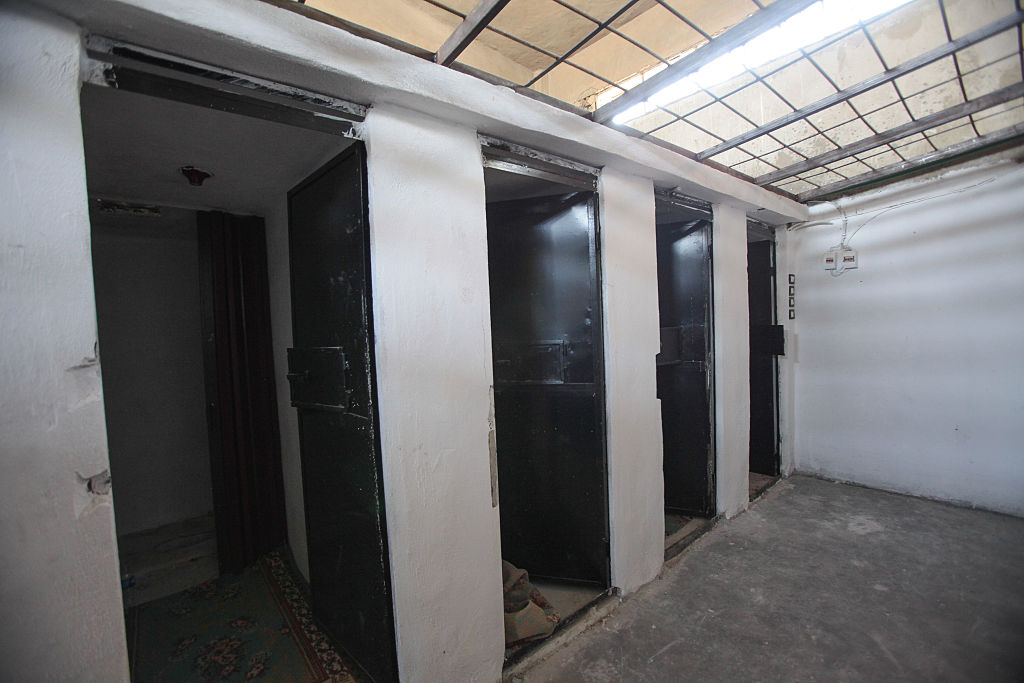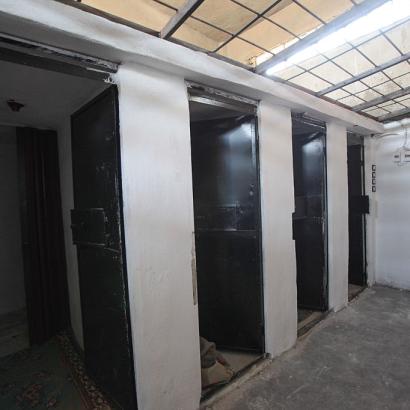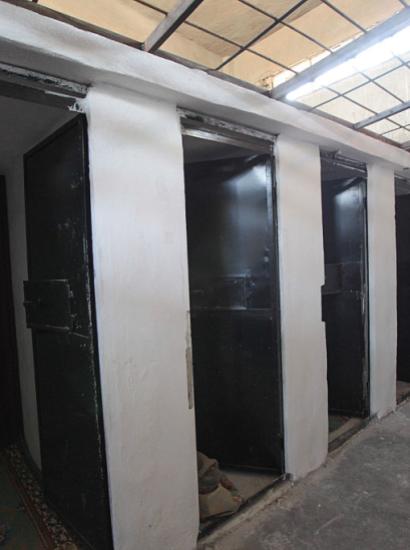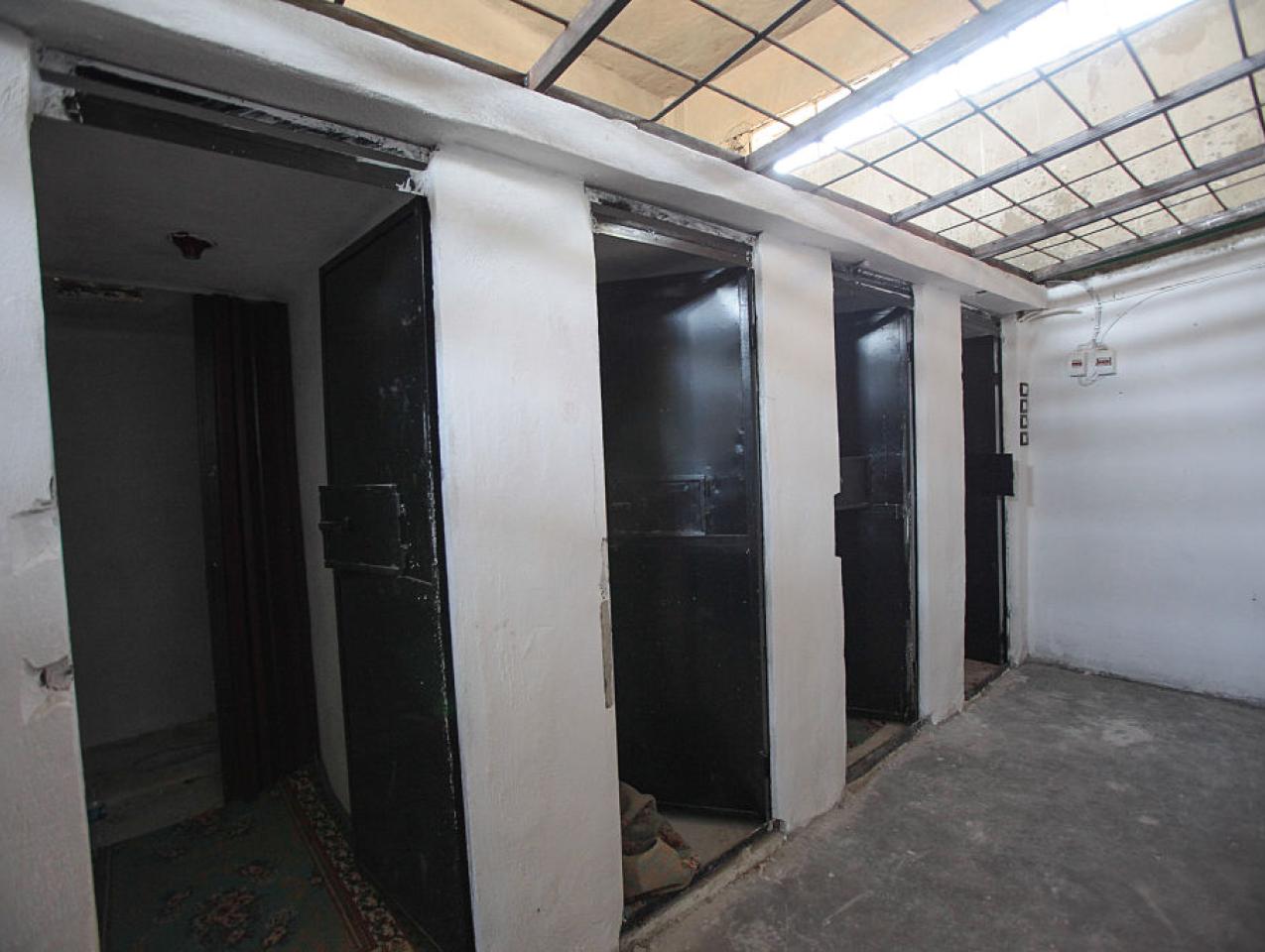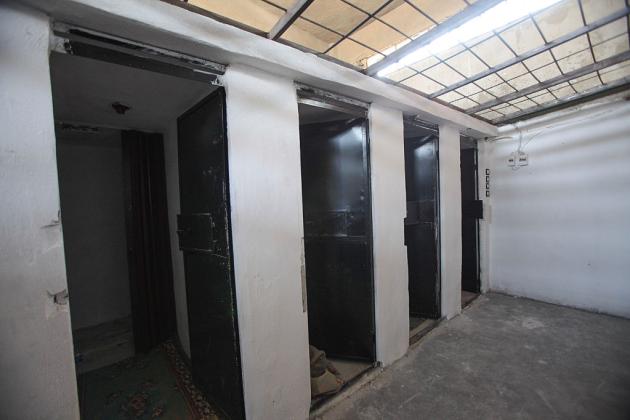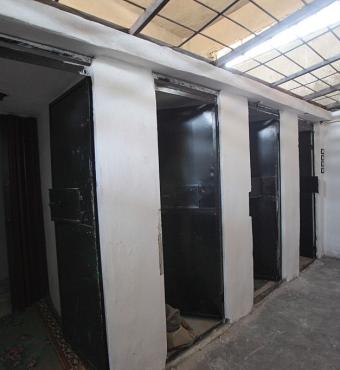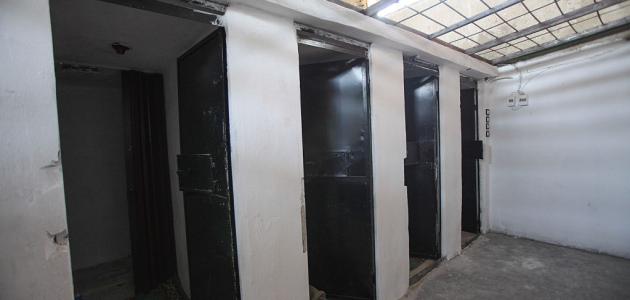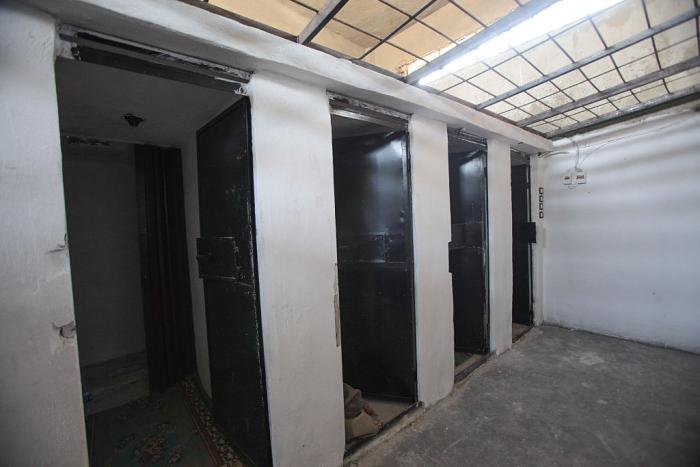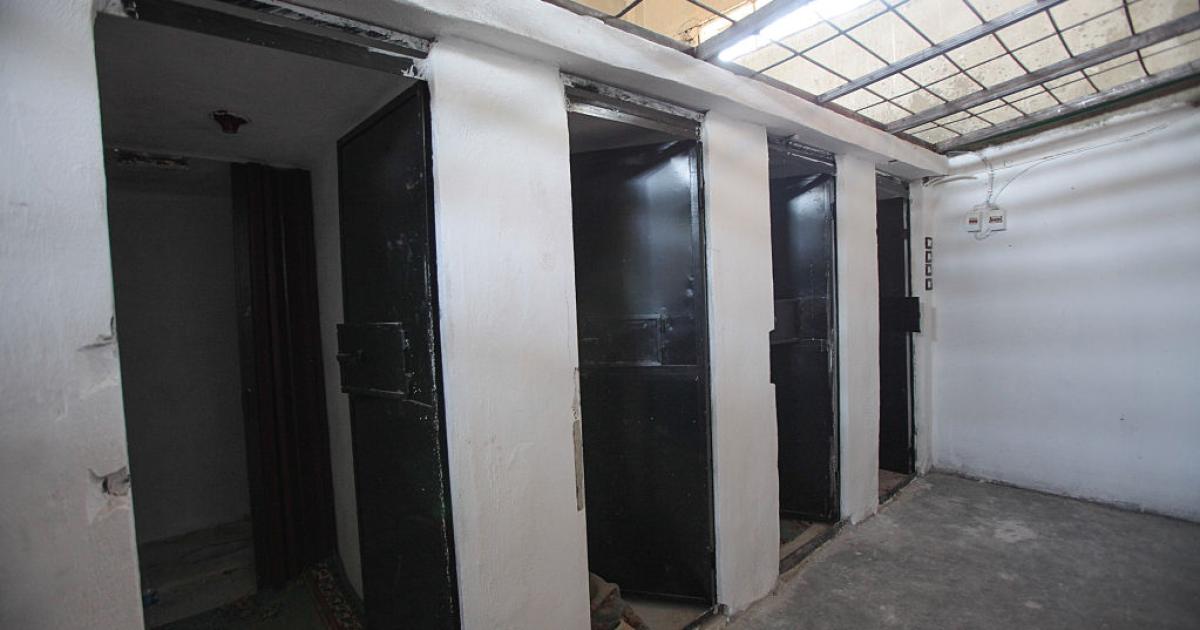- Revitalizing History
For more than eleven years there has been precious little accountability as Bashar al-Assad and his Syrian regime have committed the worst atrocities of the twenty-first century, but mounting documentary evidence of Assad’s deliberate policy of mass murder and torture may change that. Recent European prosecutions have brought to light specific war crimes by the Assad regime, and these are just the tip of the iceberg.
The amount of archival material on the widespread atrocities committed by the Assad regime since the beginning of the Syrian revolution is unique in modern humanitarian law, justice, and accountability. Since 2011, a community of non-governmental organizations (NGOs) has been assembling vast evidence of the Syrian state’s crimes against humanity, with the aim of supporting international investigations and prosecutions. The authors serve as pro bono advisory board members of one such major NGO, the non-profit Commission for International Justice and Accountability (CIJA).
CIJA has amassed more than one million pages of internal Syrian regime records which show in exhaustive detail how Bashar al-Assad and his intelligence and security agencies have conducted—and are still conducting—a deliberate, systematic, and centrally planned campaign of mass murder and torture to keep Assad in power. CIJA has authorized the authors to publicly disclose for the first time summaries of several of its legal briefs that catalogue two categories of criminal behavior: the Assad regime’s torture and murder of detainees; and the regime’s use of military and paramilitary forces to commit atrocities within Syrian cities.
Crimes in Assad’s Detention Centers
Since 2011, the Assad regime has arrested or abducted more than 200,000 Syrian citizens who disappeared into Assad’s detention centers. The disposition of these detainees is a dominant issue in Syrian society today, as literally millions of Syrians have family members whose fate is unknown. CIJA’s 478-page legal brief, Crimes Against Humanity Committed in Detention Facilities of the Syrian Regime, which is available to law enforcement authorities on a need-to-know basis, although not the general publicy, shows how Bashar al-Assad and his top lieutenants in 2011-2012 launched a campaign to arrest, torture, and murder Syrian citizens. The brief links this system of mass torture and murder to a written doctrine explicitly directed by Assad and highlights the criminal culpability of seven top Assad subordinates who implemented his policy of mass arrest, torture, murder and other international crimes: Baa'th Party leader Mohammad Said Bekheitan, Interior minister Mohammad al-Shaar, General Intelligence director General Ali Mamluk, General Intelligence deputy director General Dib Zeitoun, Military Intelligence chief General Abdul Fattah Qudsiyeh, Air Force Intelligence director General Jamil Hassan, and Military Intelligence Branch 293 General Rafiq Shahada. Through these senior officials and officers, Assad directed the detention operations of his four main security-intelligence services, all of which then reported in excruciating detail their respective “successes” in implementing Assad’s orders.
The legal brief contains a comprehensive record of state-sponsored criminality shocking in its scope and cruelty. Such acts had been widely reported by survivors and defectors, but they had never before been traced to specific signed orders. CIJA’s board of commissioners, Chairman and former US ambassador-at-large for War Crimes Stephen Rapp, who led prosecution teams at the international criminal tribunals for Rwanda and Sierra Leone, told The New Yorker that the documentation of the Assad regime’s criminal responsibility “is much richer than anything I’ve seen, and anything I’ve prosecuted in this area.”
Crimes Committed by Assad Regime Forces
The Assad regime’s military crackdown against dissent in the Homs region in late 2011 and early 2012 shocked Syrians and the international community alike in its brutality. CIJA has produced a 284-page investigation of the Assad regime’s assault that resulted in the deaths of thousands of Syrian civilians and the destruction of vast swaths of the Homs region. The investigation report, Violations of the Law of Armed Conflict by the Syrian Armed Forces in Connection with Military Operations in Homs, October 2011-March 2012, illustrates how Bashar al-Assad and his senior regime officers micromanaged their forces’ systematic war crimes and crimes against humanity in Homs. The report shows that the regime’s Central Crisis Management Cell (CCMC) and National Security Bureau (NSB), Assad’s top two decision-making bodies in responding to the nationwide uprising, had direct operational supervision of regime actions in Homs itself. The brief establishes the explicit criminal responsibility of several members of Syria’s senior leadership, including General Ali Ayoub, the current deputy prime minister and former defense minister, and another former defense minister, General Fahd Jassem al Freij. The report also shows that General Ali Mamluk, Assad’s closest and most influential security advisor, had a direct role in supervising the crackdown in Homs, as did Mamluk’s longtime deputy, General Dib Zeitoun.
The investigation report and the documents it cites show in exhaustive detail that under Assad’s direct knowledge and instructions, these men and their fellow members of the CCMC and NSB planned and commanded the regime’s day-to-day operations against opposition-held neighborhoods of Homs in 2011-2012. The CCMC met almost daily during that period, keeping meticulous meeting minutes that they hand-delivered to Assad to receive his feedback, approval, and orders for proposed operations. In July-August 2011, the CCMC and NSB ordered local regime military and political leaders to carry out daily “inspections,” a euphemism for sweeps, raids, mass arrests, and, frequently, summary executions. When the CCMC and NSB judged at various times that local officials were carrying out the “inspections” with too little energy, they dispatched Ali Mamluk and Dib Zeitoun to Homs to take direct control of the security bodies there.
Between August and October 2011, with Assad’s direct approval, the CCMC and NSB also replaced half-hearted officers with more enthusiastic commanders such as Ali Ayoub himself. By late 2011 and early 2012, the CCMC and NSB had succeeded in deploying regime military and paramilitary forces, particularly the Syrian Army’s 18th Division and 3rd Corps commanded by General Wajih Yahya Mahmoud, to encircle several neighborhoods of Homs—especially Baba Amr, Khalidiyah, and Jober--and indiscriminately bombard or snipe the civilians trapped in them. Thousands of civilians died as the siege culminated with a 27-day bombardment in February 2012.
After rebel forces withdrew from Homs in late February and early March, the carnage continued. Assad regime troops and paramilitary fighters entered the besieged neighborhoods unopposed and carried out summary executions of approximately 1,200 men, women, and children, often burning their bodies beyond recognition. Regime forces also committed rapes and torture on a large scale in the same neighborhoods. In a postscript to this atrocity, the CCMC itself was targeted four months later by rebels who managed to kill several senior CCMC members attending one of its daily meetings.
Another of CIJA’s legal briefs, the 171-page Crimes Against Humanity and War Crimes by the Syrian Army and Armed Forces in Hrak, Syria, demonstrates how the Assad regime committed crimes against humanity and war crimes not just against large population centers like Homs, but against small communities across the country as well. The regime’s brutal assault against Hrak, a town in the province, Der’aa, where the revolution originated, is a perfect example of how no “hot spot,” as Assad and his lieutenants referred to them, was too small for Assad’s security and military apparatus to terrorize. CIJA’s dossier shows that on 12 August 2012, the Syrian army’s 52nd Brigade received a telegram from its division command instructing the brigade to inform the people of Hrak that “if any shooting or assaulting of a soldier or military vehicle takes place, the neighborhood will be destroyed.” Although the brigade was understrength, with one internal report showing that 42% of its personnel had defected during the first year of the uprising, the brigade’s leaders nevertheless carried out the directive and subjected the approximately 20,000 residents of Hrak to a systematic assault of missiles, barrel bombs, and sniper fire. In one internal report, the 52nd Brigade’s artillery commander noted that his units fired 2,091 shells at Hrak during the operation.
On the last day of Ramadan in August 2012, after a month-long siege, thousands of soldiers from the 52nd Brigade, 90th Brigade, 112th Brigade, the 4th Division, 5th Division and the Republican Guard launched a final assault on Hrak. In one of many such instances, roughly 25 Assad regime soldiers raided a shelter crowded with civilians at the town’s entrance. Eyewitnesses recounted that Assad’s troops took the men inside the shelter out in blindfolds and handcuffs and then sorted their prisoners while saying, “You go to heaven, and you go to hell.” Multiple witnesses recounted the massacre that followed, with Assad’s forces slaughtering at least 13 civilians with knives and blows to the head. The total number of victims remains unknown; dozens of victims were identified, but the bodies of at least 63 others were burned beyond recognition. The Assad regime’s ground assault on Hrak lasted for eight days and left large sections of the town in ruins.
Assad rewarded several commanders involved in the brutal crackdown with promotions.
Bashar al-Assad and his propaganda machinery have invested enormous energy and resources in depicting Assad as a law-abiding, civilized leader merely protecting his country against foreign-sponsored extremists. No matter how serious the allegations or unequivocal the evidence, Assad has denied the crimes he himself authorized his forces to commit whilst falsely distancing his regime’s institutions from atrocities. Assad has benefited greatly from perceived ambiguity about his own role, so that in the Arab world, and in particular certain Arab governments, today advocate for the restoration of normal relations with Assad with virtually no conditions or consequences for the destruction he has wrought. CIJA’s material puts an end to this ambiguity once and for all.
Nawaf Obaid and Joel Rayburn are both CIJA commissioners. Obaid is a senior fellow at Kings College War Studies Department and Rayburn is a visiting fellow at Stanford’s Hoover Institution. This article is part of a much larger study on the Case Against Assad that will be published by Hoover in the fall.







